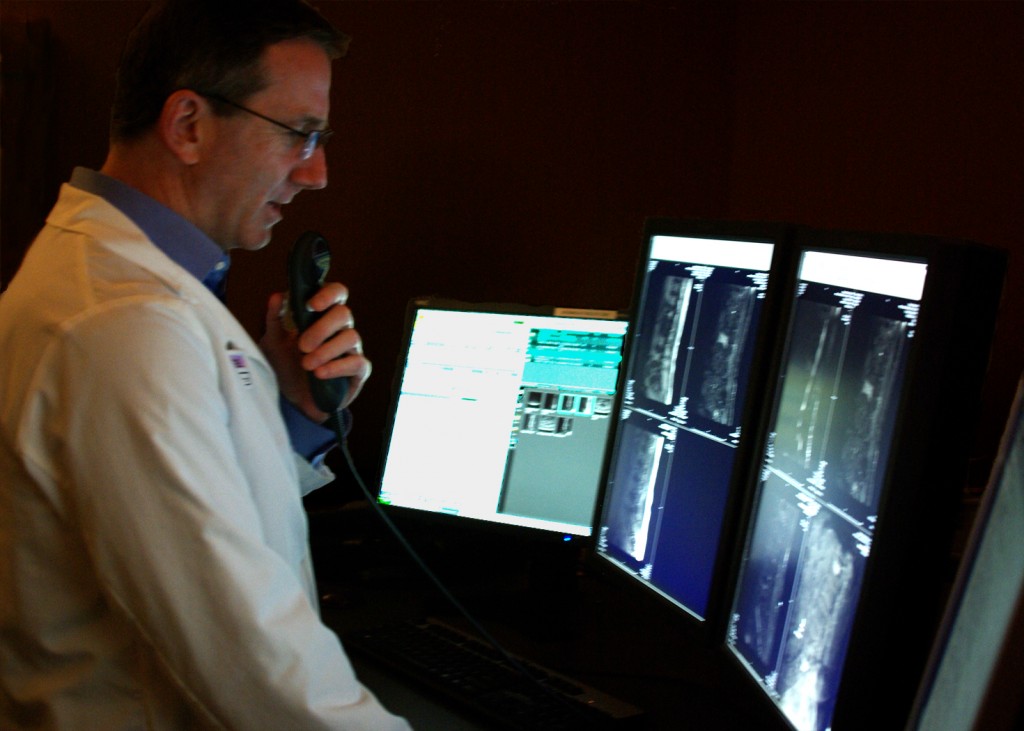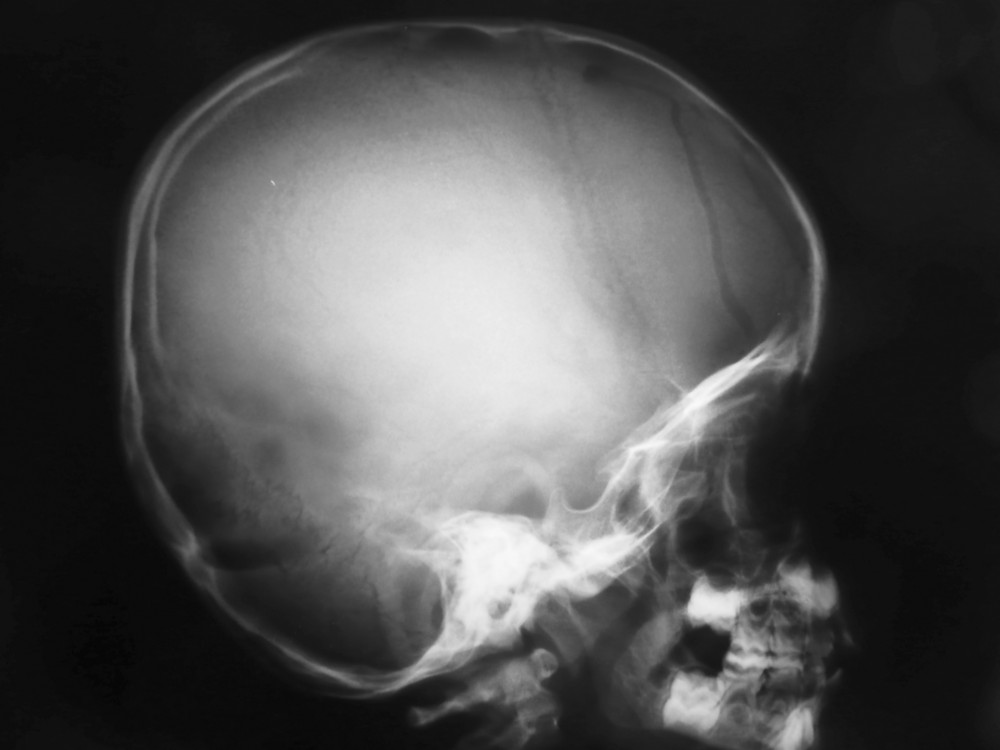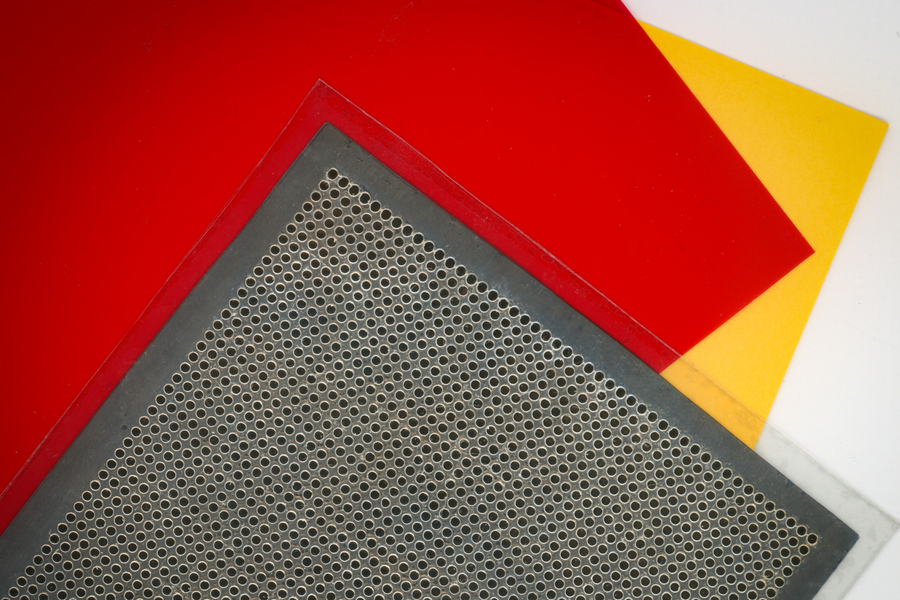A Short History of Radiology
Magnetic Resonance Imaging (MRI), CT Scans, medical imaging, fluoroscopy, ultrasound high-resolution ultrasonography, computed tomography, positron emission tomography, and nuclear medicine all use radiant energy to diagnose and treat injuries and diseases. The history of radiology and the origin of these other technologies, goes back to Germany in 1895 when Wilhelm Conrad Rontgen discovered radiographic images unexpectedly created in his laboratory on a fluorescent material bombarded by the production of rays from a nearby source. He uncovered the source and then dubbed the phenomena x-rays.
The Job of Radiologists
In short, radiologists identify common and uncommon physiological problems using imaging of various types. Radiologists are trained to recognize patterns through the use of “decision trees” that help them pinpoint patient problems. Some of the pitfalls that radiologists encounter include problems with imaging techniques, common anatomical variance which can be confusing, and recognizing different stages of diseases and how they are represented. Today, radiology equipment gathers huge amounts of data that is interpreted by software, thereby giving radiologists more information on which to make solid decisions.

Radiologist (Image By w:User:Zackstarr (w:File:Radiologist in San Diego CA 2010.jpg) [CC BY-SA 3.0 (http://creativecommons.org/licenses/by-sa/3.0)], via Wikimedia Commons)
Radiology Equipment Manufacturers
For radiology equipment makers, providing high-quality and safe equipment is important as is making sure radiologists know how to use it. Radiologists must follow workflows that ensure appropriate images are taken, that examinations are properly scheduled, and that patients are prepared to go through Imaging Protocol Optimization (IPO) which also includes properly managing radiation doses. In addition, radiology equipment manufacturers are designing machines that take more information than ever before. This big data approach to radiology allows for more collection of information but analysis of huge data sets across thousands or tens of thousands of patients; this data-crunching approach has been productive and shows great promise for the future.
Innovation & the Future of Radiology
Today’s radiologists have a continual flow of new innovative IT tools that assist in making better clinical decisions. At the same time, radiology labs follow national best practice standards and guidelines to provide safe and effective services. Big data tools are increasingly available to help manage and improve the delivery of radiology services and to find innovative solutions to patient issues. Metrics measuring the effectiveness of radiology treatment to patient outcomes are more and more common.
The following video on the future of radiology explains how big data will guide the decision making of radiologists in the future.







